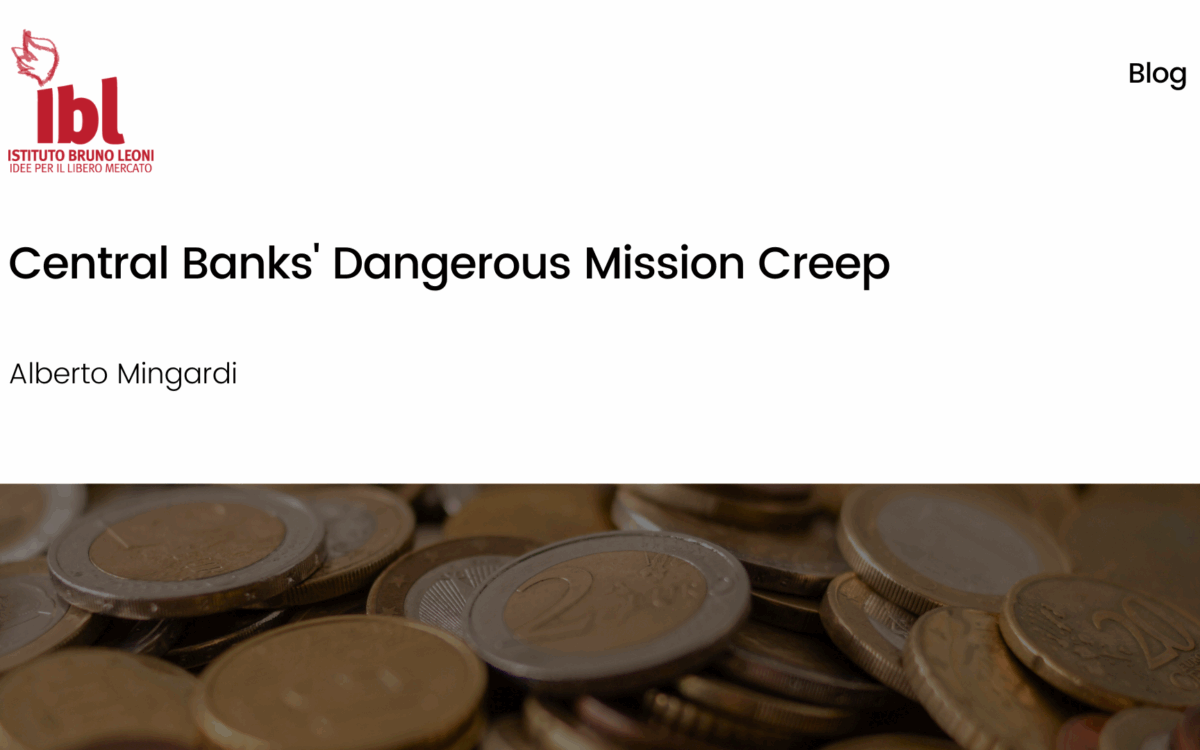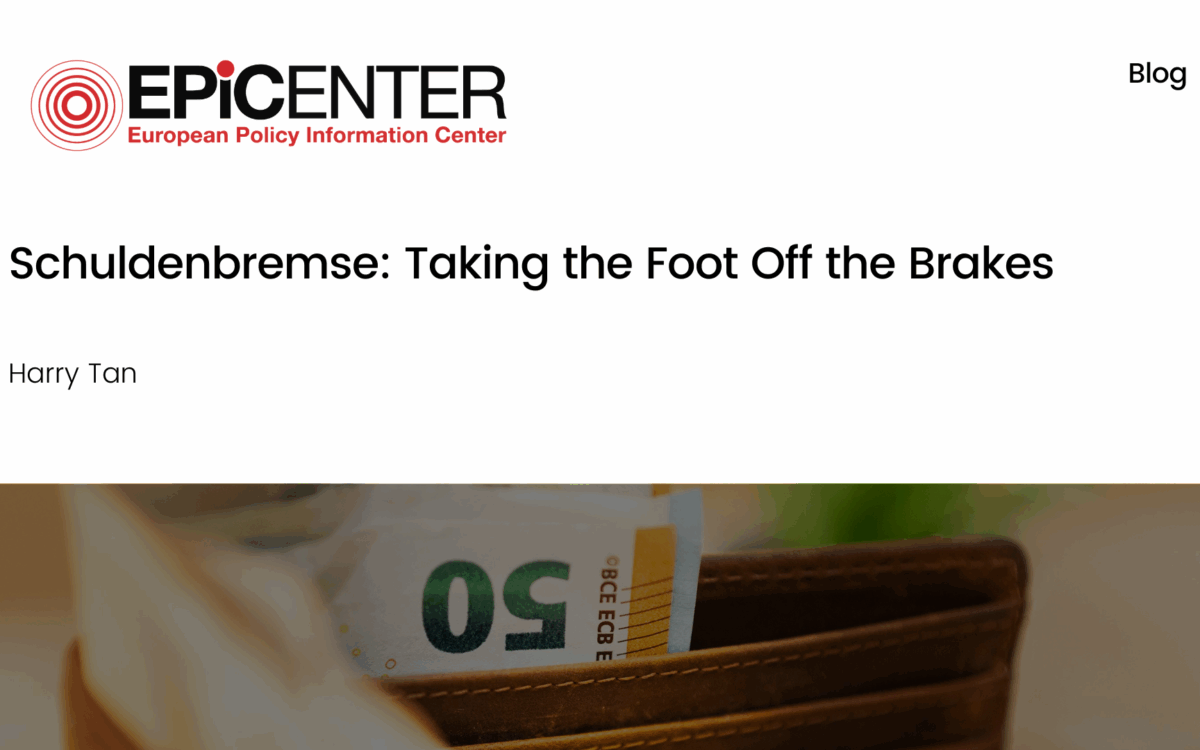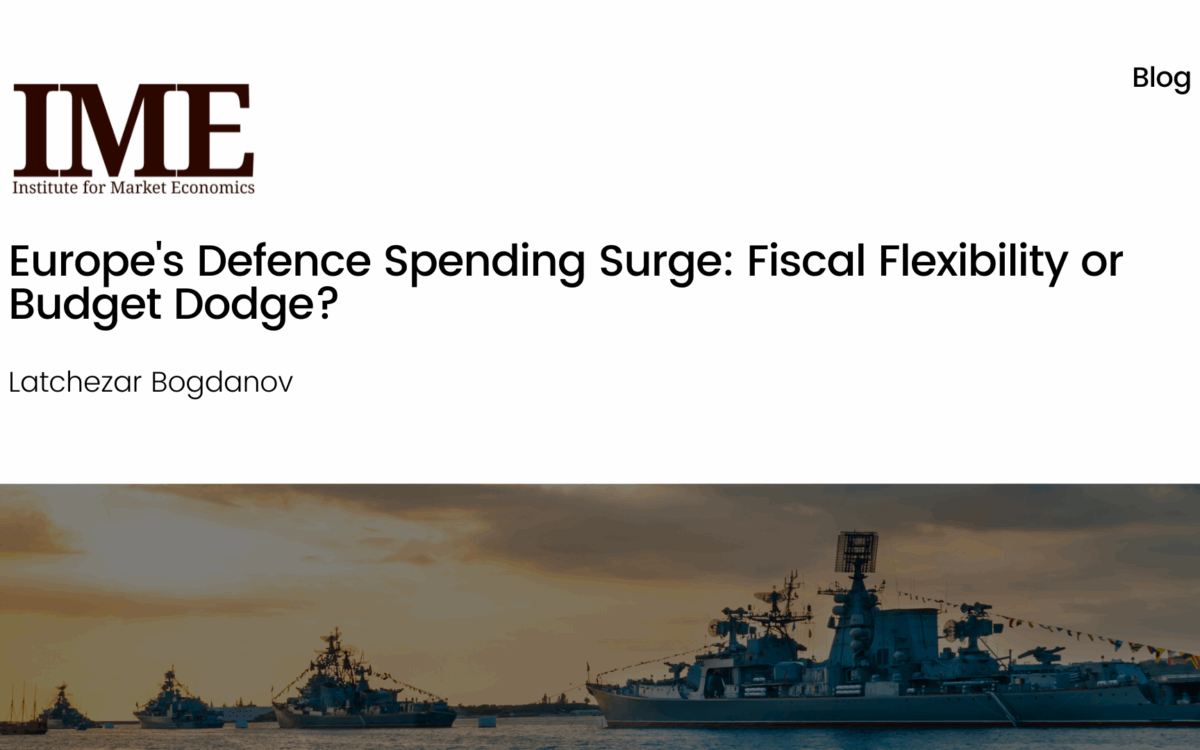Death by Infrastructure Spending

Death by Infrastructure Spending
Diego Zuluaga // 13.09.2016
Infrastructure investment is often presented by policymakers as a silver bullet in times of recession or sluggish growth. Public spending on roads, bridges, airports and railway lines, some economists argue, is desirable for two reasons. Firstly, the wages of those involved in the building of infrastructure will rise, giving these workers greater purchasing power, which in turn will increase demand across the wider economy and help to boost economic growth.
Secondly, it is claimed that infrastructure projects exhibit characteristics which lead the private sector to underprovide them. These include positive spillovers – e.g. the emergence and growth of urban centres, factories, and other economic activity near important infrastructure – as well as the long-term character of many projects and, possibly, features of natural monopolies such as high fixed and low operating costs.
The economic theory in favour of large-scale public involvement in infrastructure is, however, questionable. The first, Keynesian argument about increased demand is an example of Frédéric Bastiat’s problem of “the seen and the unseen,” whereby one takes into account the (visible) benefits, but not the (invisible) opportunity costs of a policy. In the case of infrastructure, politicians crow about the shiny new airport employing 500 people, but they often forget that, absent the taxation involved in financing the project, millions of taxpayers would have been able to spend, save or give away their share to other worthy – and economically beneficial – causes.
The second argument about externalities is plausible, although it is not hard to imagine ways in which the private owners of infrastructure could capture at least an important share of these spillovers. Road owners can and do charge tolls to those using them, whilst railway owners can buy up the land around their tracks and thus capitalise on the appreciation in land values following the development of the rail line. Historically, there is scant evidence of a shortage in private infrastructure spending: for example, virtually all of the UK’s rail network was privately built and operated for more than 100 years before its nationalisation following World War II.
Infrastructure spending nonetheless remains a favourite of politicians as a response to economic adversity. When growth in the EU stalled in 2014, Jean-Claude Juncker launched his €315bn European Fund for Strategic Investments (EFSI), which would use public guarantees to lure private investment in roads, bridges, electricity networks and other projects deemed of importance, particularly those of a cross-border nature.
Similarly, as the Brexit vote brought fears of a slump in Britain, the new Chancellor Philip Hammond promised to increase expenditure on ostensibly shovel-ready projects to ensure that economic recovery was not derailed (no pun intended). This would come on top of other high-profile infrastructure initiatives, such as the HS2 high-speed rail line between London and Birmingham, and the much-anticipated authorisation of airport expansion near the British capital.
No country has taken the mantra that infrastructure leads to growth more seriously than China. Between 2000 and 2014, annual gross fixed capital formation – which measures the net increase in physical assets in a given period – grew tenfold to $4.5 trillion in the People’s Republic, far outpacing runner-up Japan, as well as leading Germany and the United States by a factor of 4.5 and 7, respectively. Much of this investment has gone to new infrastructure, with financing from both the public and the private sectors – including state-owned banks.
Proponents of the infrastructure-is-always-good hypothesis associate China’s 20-year-long period of double-digit growth rates as proof of the virtues of such investment. Some have even gone so far as to suggest that the autocratic character of Chinese government makes it easier to push through these large investment projects, reducing the potential for cost overruns and delays in completion. This is really a euphemistic way of saying that, because Chinese authorities can ignore public opposition, they are able to just go ahead and get the job done.
However, a timely new paper by researchers at the University of Oxford questions such rosy accounts of Chinese infrastructure investment. The team, led by Professor Atif Ansar, uses evidence from 95 road and rail projects undertaken all over China between 1984 and 2008. It shows that, rather than an example of forecasting accuracy and engineering efficiency, Chinese infrastructure investment during this period was plagued by planning failures.
In particular, the paper finds that as many as 75 per cent of the projects under study – including 90 per cent of rail projects – suffered from cost overruns averaging 30 per cent of the initial budget. Projects performed better when it came to completion times, with only half experiencing delays and the average delay at 5.9 per cent of the time scheduled from start to finish. However, the authors point out that this may be the product of hasty actions by officials rather than efficient project management, with road deaths in China among the highest in the world and planning decisions often made with little regard to the views of the people affected.
Not only were the costs of infrastructure far above the planners’ expectations in the majority of cases, but the benefits were also vastly overestimated. 64.7 per cent of the projects studied – 156 on this measure – had benefit shortfalls in the form of lower-than-expected traffic volumes. The mean shortfall was 41.2 per cent, i.e. traffic numbers were more than 40 per cent lower than expected, on average.
The combination of cost overruns and benefit shortfalls meant that 55 per cent of the projects had a benefit-to-cost ratio below 1, meaning that they led to a net loss in economic value. Only 28 per cent can be considered genuinely economically beneficial, according to Ansar and his co-authors. All in all, the authors’ verdict is scathing:
“China’s case carries generalizable policy lessons. A massive infrastructure investment programme is not a viable development strategy in other developing countries such as Pakistan, Nigeria, or Brazil. Policy-makers should place their attention on software and orgware issues (deep institutional reforms) and exercise far greater caution in diverting scare resources to new hardware (physical infrastructure).”
However, Europe is no stranger to misguided state largesse on infrastructure. Before the financial crisis, Spain embarked on a spending spree that saw the building of several airports in areas where there was no apparent need for them – and where demand duly failed to materialise. In the UK, every salient project in the last few years has suffered from skyrocketing cost projections – as in the case of HS2, now estimated at £80bn[1] – and/ or delays, such as with the construction of the heavily subsidised Hinkley nuclear plant, and the approval of a new runway at either of Heathrow or Gatwick airports.
Conventional wisdom in economics suggests that infrastructure spending is best undertaken by the purportedly benevolent, long-term-focused, consensual state rather than the short-termist and greedy private sector. Yet, as with much economic theory assuming imperfect markets but perfect governments, evidence is increasingly showing this conventional wisdom to be untrue. There is, however, a rich history of private sector-led infrastructure development in many parts of Europe. Governments in the EU and abroad should draw on this experience when it comes to deciding who should build what.
Diego Zuluaga is Head of Research at EPICENTER.
[1] My colleague Richard Wellings at the Institute of Economic Affairs has examined HS2 in detail, showing that it would be an exceedingly unwise way to spend taxpayers’ money. You can read his “The high-speed gravy train: special interests, transport policy and government spending” here.
EPICENTER publications and contributions from our member think tanks are designed to promote the discussion of economic issues and the role of markets in solving economic and social problems. As with all EPICENTER publications, the views expressed here are those of the author and not EPICENTER or its member think tanks (which have no corporate view).



